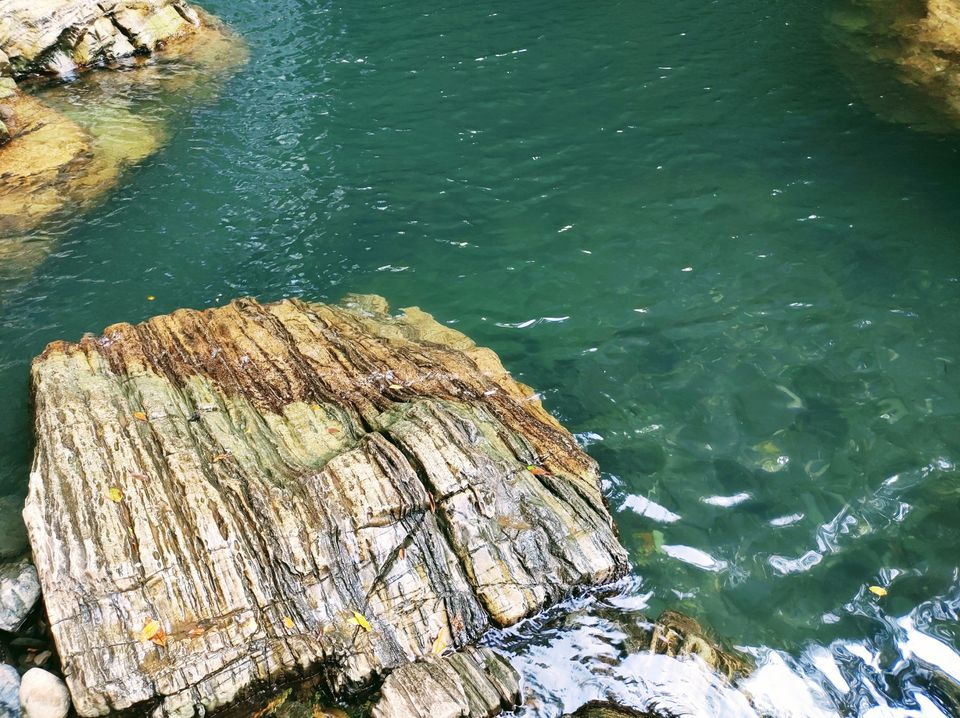Introduction
Chittorgarh, a city steeped in history and valiant stories, boasts some of the most amazing
architectural marvels inside Rajasthan. Home towards the majestic Chittorgarh Résistant, an UNESCO Globe
Heritage Site, the particular city’s architecture reflects a blend regarding Rajput and Mughal influences. Coming from
towering monuments of success to serene temples or wats, Chittorgarh’s structures display an
exquisite combination of war-centric Rajput designs and the ornate elegance of Mughal artistry.
This short article goes into the system grandeur of Chittorgarh and explores exactly how these two
specific styles have harmoniously coexisted over generations.
Rajput Architecture: Typically the Essence of Chittorgarh
Rajput architecture inside Chittorgarh is indicated by fortified constructions, intricate carvings,
large palaces, and religious shrines. The Rajputs, known for their very own warrior ethos, developed
their buildings along with security and appearances in mind.
1. Chittorgarh Fort: The particular Crown Jewel
Occupying 700 acres and standing atop the 180-meter-high hill, Chittorgarh Fort is a new true marvel
associated with Rajput architecture. Constructed in the 7th century from the Maurya dynasty, it absolutely was later expanded
by Sisodia Rajputs. The fortification features massive gateways (pols), bastions, drinking water
reservoirs, and intricately carved palaces, all built using nearby available sandstone in addition to
marble.
2. Vijay Stambh (Tower associated with Victory)
One of the most iconic structures in Chittorgarh, Vijay Stambh was initially built by Maharana
Kumbha within the fifteenth century to celebrate his victory over the Sultan of Malwa. This nine-
story system, adorned with in depth carvings of Hindu deities and légende in Sanskrit,
exemplifies Rajput architectural elegance. The tower presents a panoramic view of the overall
fort complex.
a few. Rana Kumbha Structure
As soon as the royal residence of Rana Kumbha, this palace holds as a testament to be able to the grandeur
of Rajput architecture. Offering sprawling courtyards, balconies, and hidden subway
cellars, the building is linked to many legendary stories, like the tragic story of Rani
Padmini’s jauhar.
4. Meera Temple and Kalika Mata Temple
Chittorgarh is also known for its serenidad architecture, which can be significantly influenced by Indio
traditions. Meera Serenidad, dedicated to the popular devotee of Master Krishna, is splendid with
finely attractive pillars and idols, while Kalika Mata Temple features complicated carvings and a new
unique pyramidal spire.
Mughal Influence: Typically the Artistic Flourish
Although Chittorgarh remained the stronghold of Rajput power, it experienced significant Mughal
influence, particularly after typically the siege of Chittorgarh by Akbar in 1568. The Mughal
architectural elements introduced a new sizing to the existing Rajput designs.
a single. Padmini’s Palace: Some sort of Fusion of Styles
Though originally developed by Rajputs, Padmini’s Palace underwent changes under Mughal
principle. The white marble pavilions, intricate hand mirror work, and expansive water reservoirs
indicate different Rajput sturdiness and Mughal beauty. The idea of water landscapes plus
reflective aesthetics became more well known in Rajput palaces post-Mughal interactions.
3. Jaali Work and Ornate Frescoes
Mughal architecture introduced jaali (lattice) work, domes, and elaborate frescoes in to
Chittorgarh’s properties. These elements are evident inside the renovated sections of the fort and
palaces, incorporating a delicate compare for the robust Rajput structures.
3. Make use of of White Marbled and Persian Motifs
While Rajput constructions primarily relied in sandstone, Mughals included white marble,
developing a visual comparison in several typical monuments. Persian floral sujet and intricate geometric
patterns became some sort of part of Chittorgarh’s architectural landscape during this period.
here and Stepwells: A Distributed Architectural Marvel
The two Rajput and Mughal architects emphasized water conservation in Chittorgarh’s dry
terrain. The fort has over 84 water body, including stepwells, lakes, and reservoirs, which
could sustain the particular fort’s population throughout prolonged sieges. Gaumukh Reservoir is a single such
remarkable construction that showcases the particular ingenuity of medieval hydraulic engineering.
Conclusion
Chittorgarh’s architecture appears as a possible unique combinations of Rajput resilience and Mughal
improvement. While Rajput rulers built grand castles, towering structures, in addition to magnificent
palaces intended for defense and royalty, the Mughals additional intricate artistry and even elegance to these kinds of
monuments. Today, this kind of mixture of architectural styles makes Chittorgarh a great awe-inspiring
destination that will offers visitors a glimpse into India’s rich and varied heritage. Whether you are an structure enthusiast, a historical past buff, or a traveler seeking ethnical depth,
Chittorgarh pledges a journey by way of time like simply no other.